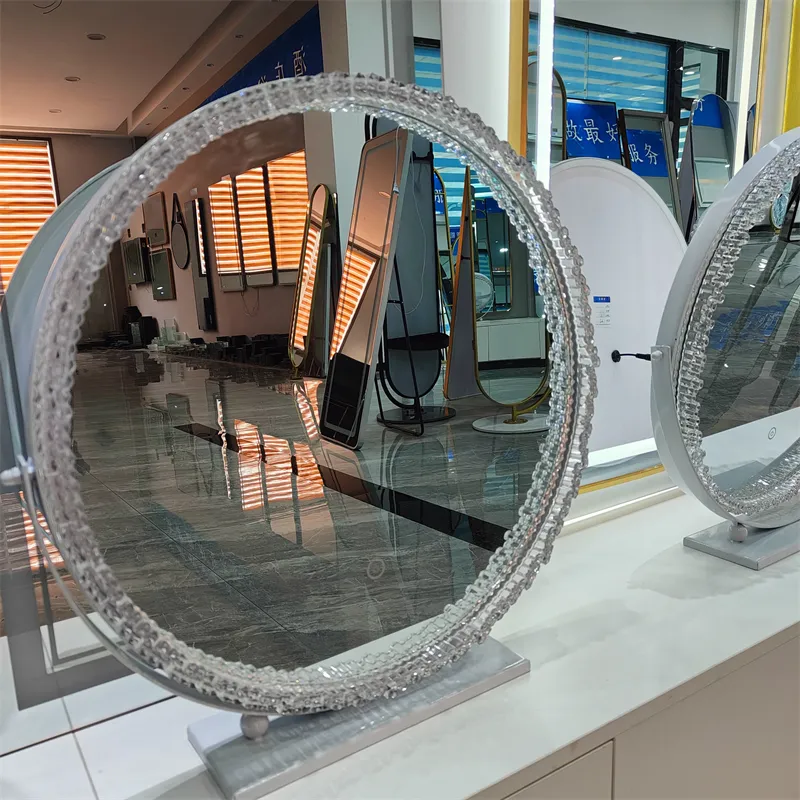Dec . 16, 2024 00:04 Back to list
Tinted Glass Manufacturing Facility for Enhanced Aesthetics and Privacy Solutions
The World of Tinted Glass Manufacturing
In a world that increasingly values aesthetics, functionality, and energy efficiency, tinted glass has emerged as a critical component in architectural design and industrial applications. Tinted glass factories play a pivotal role in producing this innovative material, which not only enhances the visual appeal of buildings but also offers practical benefits such as glare reduction and thermal insulation.
Understanding Tinted Glass
Tinted glass is produced by adding specific metallic oxides during the glass manufacturing process. This addition alters the glass's color and properties, allowing it to absorb and reflect varying degrees of sunlight. The result is a product that provides enhanced privacy without sacrificing natural light. Typically available in shades of bronze, gray, blue, and green, tinted glass is often used in commercial buildings, residential homes, and vehicles.
One of the key advantages of tinted glass is its ability to reduce solar heat gain. By absorbing a substantial amount of solar radiation, tinted glass can help regulate indoor temperatures, thus reducing the reliance on air conditioning systems. This energy-saving attribute is particularly beneficial in regions with high temperatures and intense sunlight, making it a popular choice among architects and builders.
The Manufacturing Process
The production of tinted glass typically involves several stages. The process begins with the selection of raw materials, which include silica sand, soda ash, and limestone—ingredients that form the base glass. The metallic oxides are then introduced to the mixture in precise quantities, which determines the final tint of the glass.
Once the raw materials are combined, they are melted in a furnace at temperatures exceeding 1,700 degrees Fahrenheit. This melting process ensures that the metallic oxides are evenly distributed throughout the glass. After achieving a homogeneous mixture, the molten glass is formed into sheets through various methods, such as float glass processes or rolling techniques.
After cooling, the glass sheets may undergo further processing, which can include cutting, polishing, and additional treatments to enhance their performance attributes. For instance, some manufacturers employ techniques like chemical hardening or lamination to increase the durability and safety of the tinted glass.
tinted glass factory

Quality Control and Sustainability
Quality control is paramount in tinted glass manufacturing. Factories must routinely test their products to ensure they meet industry standards regarding optical clarity, thickness, and UV protection. This process involves rigorous tests, including measuring the light transmittance and the solar heat gain coefficient, to ensure that the glass performs as intended.
In recent years, tinted glass factories have also shifted towards more sustainable practices. With increasing awareness of environmental issues, manufacturers are investing in energy-efficient technologies and recycling methods. For example, many factories now utilize waste heat from the production process to reduce energy consumption, and efforts are being made to recycle glass waste back into the manufacturing cycle, thereby minimizing the environmental footprint of tinted glass production.
Applications in Modern Architecture
The versatility of tinted glass has led to its widespread use in modern architecture. It is commonly used in office buildings, where large glass facades can reduce glare for occupants, thus enhancing comfort. Furthermore, tinted glass is a desirable feature in residential homes, offering homeowners the ability to enjoy natural light while maintaining privacy.
Additionally, tinted glass plays a significant role in improving the energy efficiency of buildings. By reducing the need for artificial lighting during the day and decreasing heating costs in colder months, it aligns perfectly with current trends toward sustainable and eco-friendly construction practices.
Conclusion
Tinted glass factories are at the forefront of an industry that integrates beauty, functionality, and sustainability. As demand for energy-efficient materials continues to rise, these factories are not only contributing to the visual appeal of our built environment but also paving the way for a more sustainable future. Investing in research and development will be crucial for these manufacturers, as they refine their processes and create innovative products that meet the evolving needs of architects and consumers alike. The tinted glass sector reflects a broader movement in the construction industry, where aesthetics and environmental consciousness converge harmoniously.
-
Safety and Style with Premium Laminated Glass Solutions
NewsJun.24,2025
-
Reinvents Security with Premium Wired Glass
NewsJun.24,2025
-
Premium Float Glass Line for Modern Architecture
NewsJun.24,2025
-
Low Emissivity Glass for Energy-Efficient Architecture
NewsJun.24,2025
-
High-Performance Insulated Glass Solutions for Modern Architecture
NewsJun.24,2025
-
Elevates Interior Style with Premium Silver Mirror
NewsJun.24,2025
Related PRODUCTS














